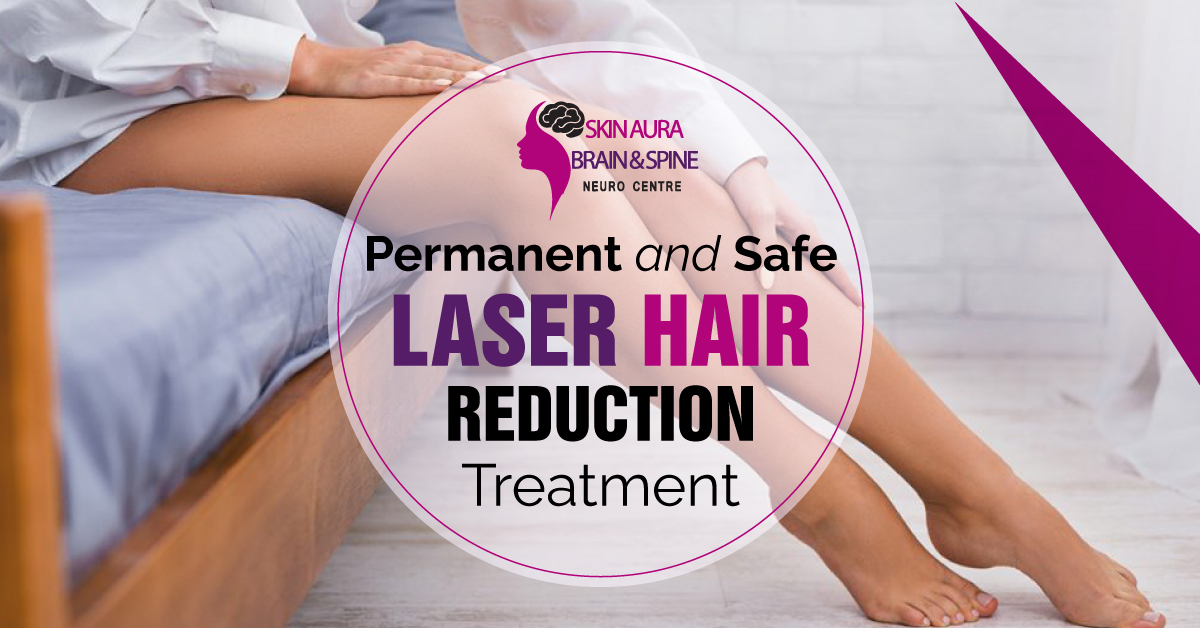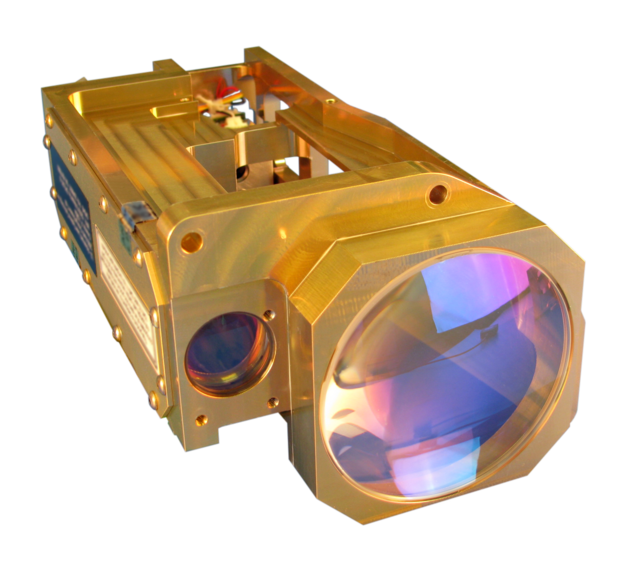Safe Laser low-level laser therapy (LLLT) (LLLT), which is a type of low-level light that can treat wounds caused by ulcers using different mechanisms. It stimulates collagen synthesis, the activity of fibroblasts and also angiogenesis (formation of new blood vessels) All of which are vital for wound healing. This may help speed up the closure of ulcerative wounds.
Reduction of Inflammation LLLT provides anti-inflammatory effects by reducing cytokines that cause inflammation and promoting mediators that reduce inflammation. LLLT has anti-inflammatory effects in ulcerative lesions, where inflammation may delay healing or exacerbate the damage to tissues.
LLLT can be effective in reducing pain, especially when it comes to ulcerative wounds. LLLT helps reduce pain and discomfort and can improve the patient's satisfaction.
Enhanced Blood Circulation- LLLT increases vasodilation and microcirculation which results in greater blood flow to wound area. Improved blood circulation delivers oxygen and nutrients to tissues, which aids in healing and helping to eliminate of the waste products and toxins that accumulate in the wound area.
Antimicrobial Properties- LLLT is known to have antimicrobial properties, which can reduce the chance of the infection of ulcerative wounds. Through promoting the clearance of bacterial waste and preventing further colonization of the wound, LLLT can help reduce the risk of infection in wounds and speed up healing.
Reduced Scar Formation- LLLT could help in reducing the formation of scars in ulcerative wounds through promoting tissue repair and the remodeling. LLLT stimulates the collagen fibers and encouraging the alignment collagen bundles can result in stronger, more well-organized scar tissue.
Overall low-level Laser treatment with Safe Laser promotes faster recovery with less pain, and better wound outcomes. It is essential to consult with a specialist regarding the best treatment for wounds. See the top lágylézer for more tips including lézer bérlés, lagylezer terapia, safe laser vélemények, safe laser vélemények, safe laser kezelés budapest, safe laser kezelés budapest, laser lézer, lezeres kezeles, laser hu, lágylézer kezelés árak and more.

What Is The Safe Laser's Role In Treating Ear, Throat, Nose And Throat Issues?
Safe Laser low-level laser therapy (LLLT) can help with different ear, nose and throat (ENT) problems by utilizing a variety of mechanisms: Reduced Inflammation LLLT has anti-inflammatory properties that can reduce inflammation of the tissues of the nose, ear, and throat. It is helpful for sinusitis and rhinitis.
Pain Relief LLLT can be effective in reducing the discomfort associated with earaches, sinus pressure, and sore throats.
Enhanced Healing of Tissues LLLT can speed up tissue regeneration and repair by stimulating cellular growth and metabolic. LLLT aids in quicker healing of tissues when used in ENT diseases like Pharyngitis or otitis.
LLLT enhances blood circulation by increasing microcirculation vasodilation, and blood flow to the affected regions. Improved blood circulation can facilitate the delivery of oxygen and nutrients to the tissues, encouraging healing and reducing inflammation.
Antimicrobial Effects - LLLT has been proven to possess antimicrobial properties which can help reduce bacterial or viral load in the nasal or throat passages. This is helpful in treating infections like tonsillitis and sinusitis.
Treatment of allergic symptoms LLLT can ease symptoms that are associated with allergies like hay fever or allergic rhinitis by reducing inflammation in the nasal passages and sinuses. It can reduce nasal congestion and sneezing.
Tinnitus Treatment- LLLT was investigated as a possible treatment option for the condition known as tinnitus. Tinnitus causes ringing and buzzing sounds inside the ear. Although the precise mechanisms are not yet understood, LLLT can help improve blood flow and reduce swelling of the auditory organ leading to a reduction in tinnitus.
Overall, Low-Level Laser Therapy with Safe Laser is a highly effective and non-invasive treatment option for a variety of ear-nose-throat problems. This therapy provides symptomatic relief and accelerates healing. It's best to consult an ENT specialist prior to using LLLT on ENT issues. This will ensure you are given the correct diagnosis and get treatment recommendations. Read the most popular lágylézer for blog recommendations including lezeres kezeles, lágy lézer, safe laser használata, lágylézer árak, lágy lézer vélemények, lágy lézer vélemények, safe laser vélemények, lágylézer vásárlás, lézeres fájdalomcsillapítás, gyógyító lézer készülékek and more.

What Is The Average Time A Safe Laser Last To Make A Wound Heal?
Safe Laser Low-Level Laser Therapy (LLLT) can be very efficient in healing wounds. However, it depends on numerous factors, such as the nature and severity of the injury and the patient's reaction to the treatment. In general, several LLLT treatments over a certain duration of time is suggested to get the best results from healing of wounds.
The amount of LLLT treatments required can be determined by the nature and severity of the wound. A less severe, smaller wound may require more sessions than more severe, larger wounds. Additionally, subclinical and chronic wounds could need more appointments.
Wound Healing Stage- The stage of wound healing can influence the number of LLLT sessions required. Different phases of wound healing, including inflammation, proliferation, and remodeling, may require different treatment approaches. LLLT is a treatment option that can be used during the various phases of wound healing to aid in tissue repair and regeneration.
Individual Response to Treatment Individual factors such as overall health, immune function, and healing capacity may affect how a person's response to LLLT for wound healing. Certain people heal wounds faster and react to treatment quicker but others might require longer time.
Treatment planThe treatment plan suggested by a medical professional will have a major impact on the frequency and amount of LLLT treatments to heal wounds. Healthcare providers can create customized treatment plans to suit the individual. This may include scheduling LLLT several times per week over a period of duration.
While some people can see improvements in the healing of wounds with only a few LLLT session, others might require longer treatment sessions to see the best outcomes. To ensure that you get the most out of LLLT treatment, you should adhere to the instructions that are provided by a medical professional. It's also crucial to talk with a healthcare professional and keep track of the progress of the wound to make sure that the treatment plan is implemented.